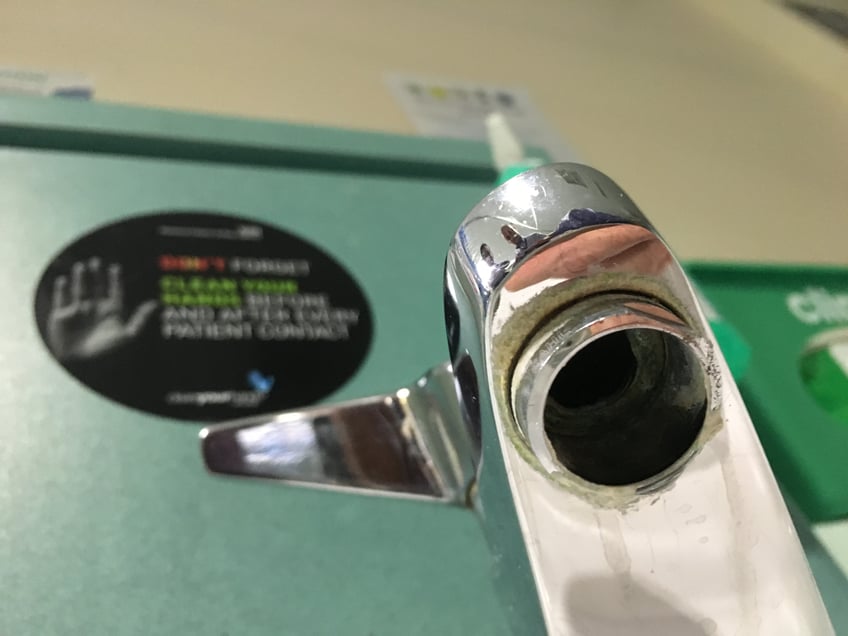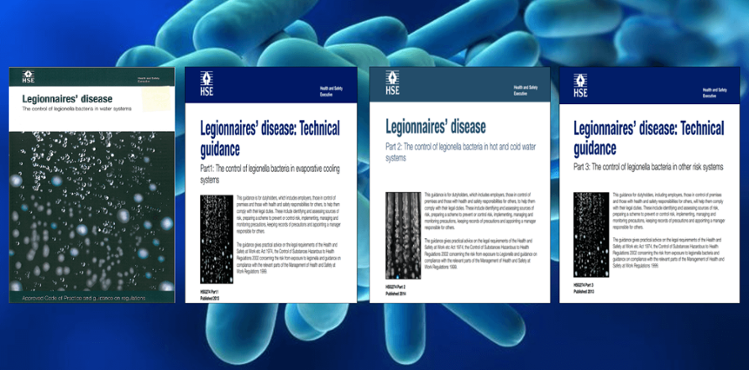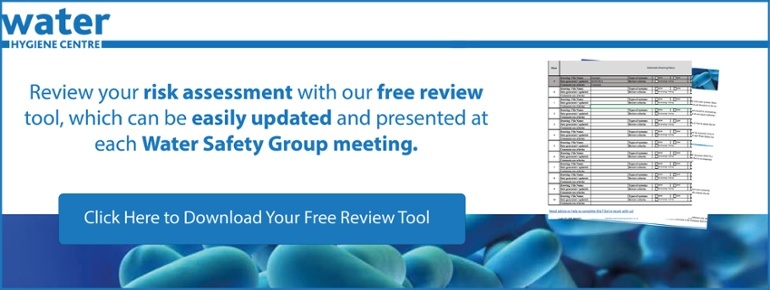In 2002, the UK’s largest outbreak of Legionnaires’ disease occurred in Barrow in Furness (B-i-F). The investigation report identified six key failures. Continued sporadic cases and evidence of the ubiquitous presence of Legionella and other waterborne pathogens such as Pseudomonas aeruginosa, remind us of the importance of ensuring identified water systems have fallen into the media spotlight. Non-compliance and robust backlog maintenance must remain foremost in our thoughts.
This blog will provide an overview for those responsible for Water Safety in healthcare organisations.
Water Safety Law, Guidance and Compliance
The HSE’s ACoP L8 fourth edition 2013 provides specific advice on the risks from exposure to Legionella bacteria and how to comply with the Health and Safety at Work etc Act 1974 (HSWA) and the Control of Substances Hazardous to Health Regulations 2002 (COSHH). The HSE approves ACoP L8 with the consent of the Secretary of State. It details recommended methods and advice on how to achieve an adequate level of compliance.
Many parts of ACoP L8 and its supporting HSG274 documents are not compulsory (unless expressly stated). Alternative actions may be taken, assuming these are at least equal to the published guidance and you can demonstrate this as the case. In following this guidance and any associated regulations, you will typically be doing enough to comply with the law.
Compliance principles related to the safety of Healthcare organisations’ Estates and Facilities are ‘enshrined’ in the Health & Social Care Act 2008 (Regulated Activities) Regulations 2014. More specifically, Regulation 12[2][h] states that registered healthcare providers must assess the risk of, prevent, detect, and control the spread of infections, including those that are healthcare-associated. Failure to comply with this Act and the Care Quality Commission (Registration) Regulations (2009) is an offence. In common with much of ACoP L8 and its supporting HSG274 documents, the Department of Health’s HTM04-01 documents (Parts A – C) are not compulsory. Again, in demonstrating that you are closely following HTM04-01 documents, you will generally be doing enough to comply with the law.
HTM04-01 was updated in 2016 and broadly incorporates the following;
- Comprehensive guidance on measures to control waterborne pathogens (in addition to Legionella);
- Alignment with the HSE revised ACoP L8 and HSG274 documents;
- Removal of the previously issued addendum and creation of Part C re Pseudomonas aeruginosa;
- Part B specifically outlines the remit and aims of the Water Safety Group (WSG) and Water Safety Plan (WSP);
- Guidance on the hygiene, storing, and installation of fittings and components, including the competency of those working on water systems.
Water Safety Plans and Water Safety Groups
One of the six failures with the B-i-F outbreak included poor lines of communication and unclear lines of responsibility. A multidisciplinary group should be established to ensure such failures do not happen, otherwise known as the Water Safety Group (WSG). The WSG should ensure appropriate expertise is available to provide a range of competencies are routinely present in meetings. These individuals will then share responsibilities and ensure collective ownership for identifying hazards relating to water, assessing risk, the necessary control measures, monitoring requirements, and incident arrangements.
 The WSG may include representation from Estates (operational maintenance and projects), Infection Prevention & Control, Microbiology, Specialist Departments & users of water (Including Augmented care), Facilities (including Housekeeping), and an Authorising Engineer (Water). A person with management responsibility for water should chair the WSG. There should be clearly defined roles and communications pathways (lines of accountability) for all present, including the Duty Holder.
The WSG may include representation from Estates (operational maintenance and projects), Infection Prevention & Control, Microbiology, Specialist Departments & users of water (Including Augmented care), Facilities (including Housekeeping), and an Authorising Engineer (Water). A person with management responsibility for water should chair the WSG. There should be clearly defined roles and communications pathways (lines of accountability) for all present, including the Duty Holder.
Those healthcare organisations that already have robust documentation for water management, such as policy, Legionella risk assessments, and operational control procedures, will have many of the integral requirements of a Water Safety Plan (WSP) as identified within HTM04-01 and, more recently, within BS8680 (2020) Water Quality—Water Safety Plans—Code of Practice.
The size and complexity of the WSP will depend entirely on the healthcare organisation, the type of buildings, the type of water/risk systems, and the vulnerability of patients they treat. Ultimately, the WSP provides the healthcare organisation with a risk-management-based approach to water safety, with established practices and operational procedures based on identified and assessed hazards.
In summary, each Healthcare organisation should demonstrate compliance, suitable governance, the competency of those involved, and finally, accountability arrangements for the delivery of safe water. These parameters can be achieved through an established Water Safety Group (WSG) and a robust Water Safety Plan (WSP).
Feel free to reach out if you have any questions about this blog or if you would like to consult with one of our experts for further advice on water hygiene.
Editors Note: The information provided in this blog is correct at the date of original publication - April 2023. (Revised January 2025)
© Water Hygiene Centre 2025










